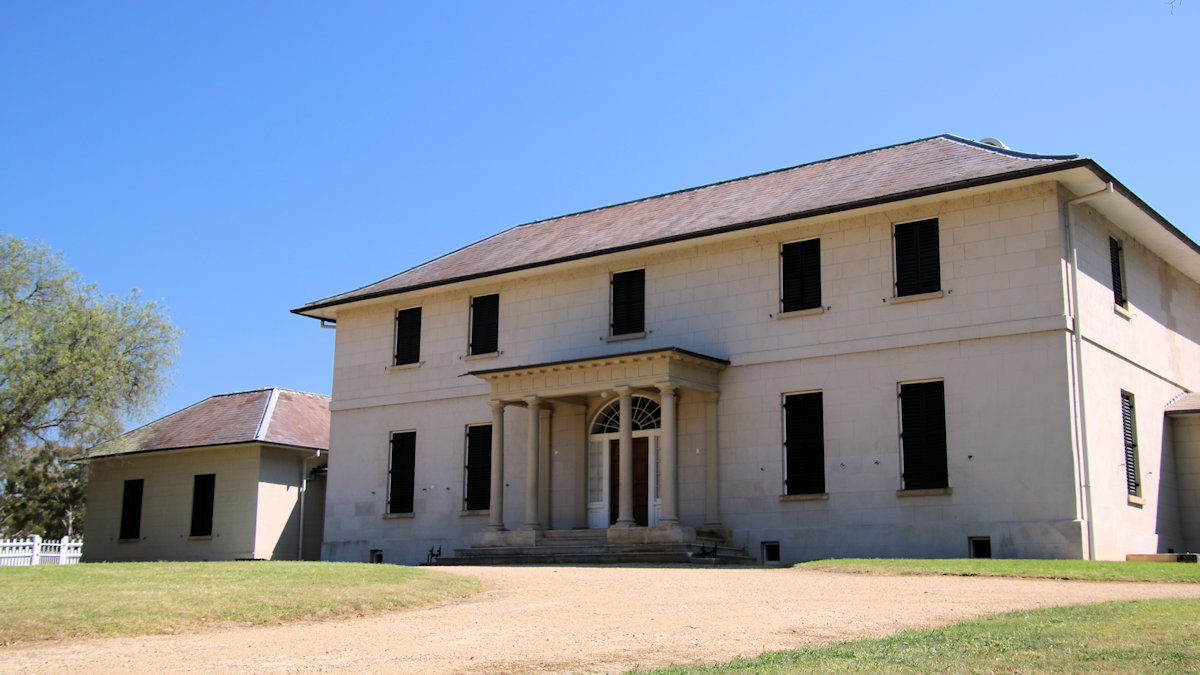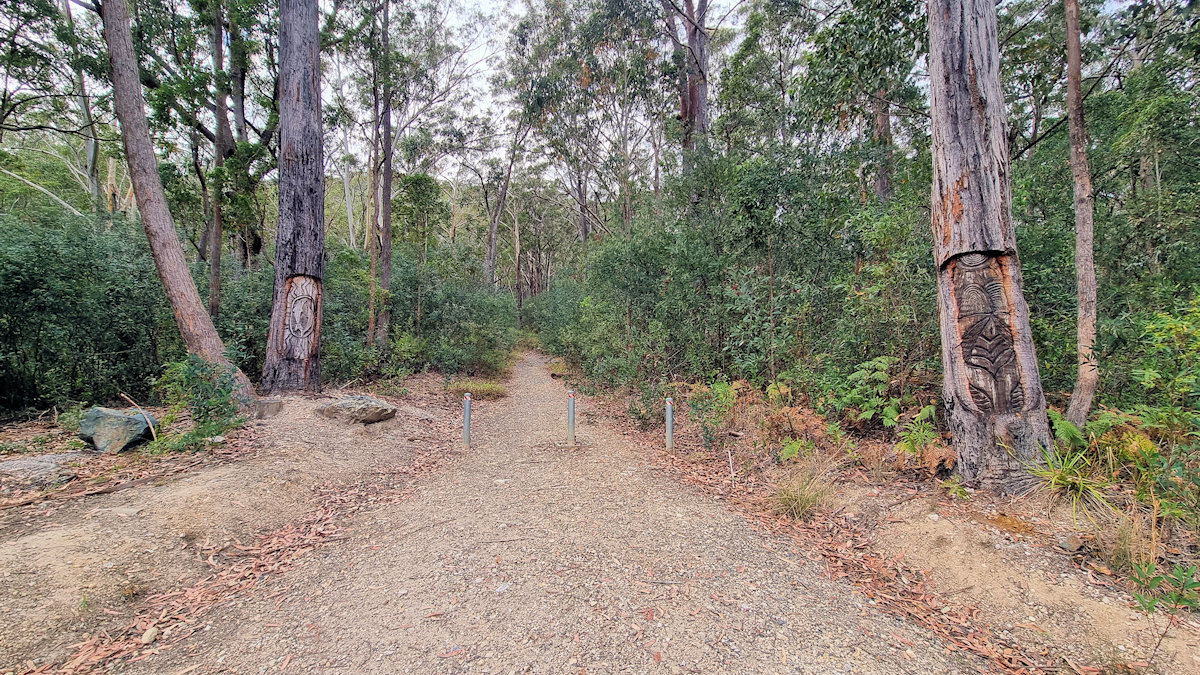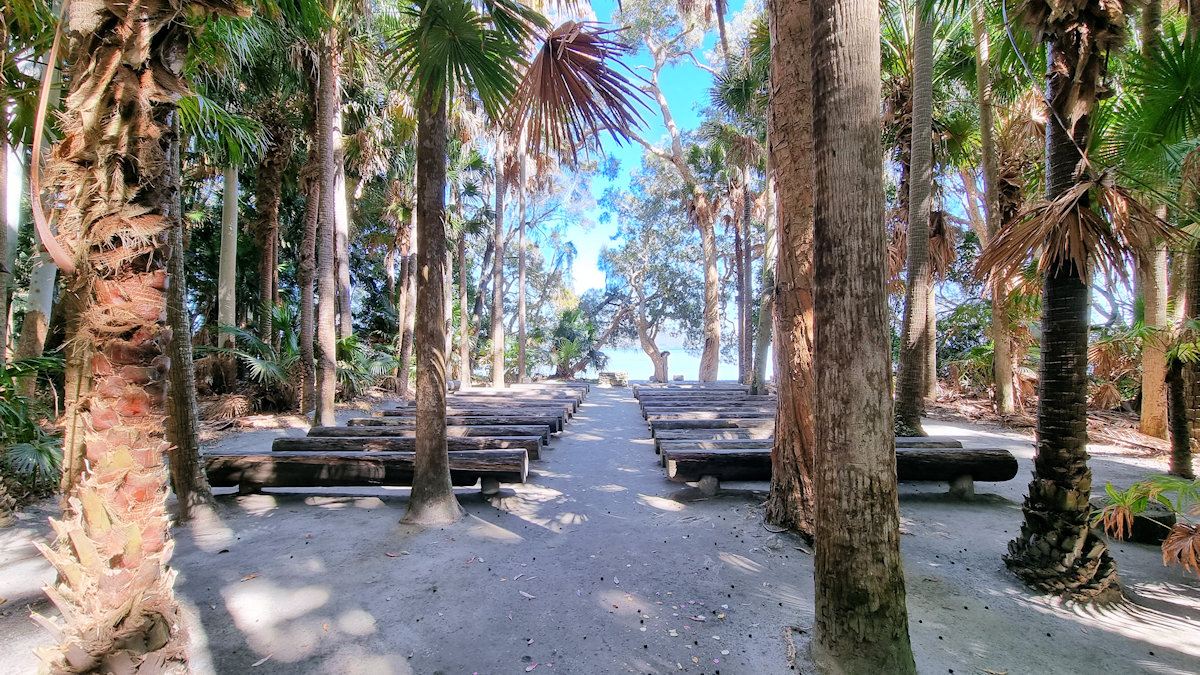Category: trees
-
Old Government House and Parramatta Park Australia

Old Government House Parramatta Australia Located on the banks of the Parramatta River, Old Government House is the oldest surviving public building in Australia. Additionally it is an important UNESCO World Heritage listed site, and one of 11 recognised convict sites that tell the story of Australia’s forced convict migration. History of Old Government House… Read more
-
Boolah-Dillah Track

Boolah-Dillah Track Located near the New South Wales Mid-north coast Town of Bulahdelah, the Boolah-Dillah Track is an Aboriginal Place of cultural significance. Carved trees decorated with Aboriginal carvings can be found along the track. Historically carved trees were markers for burials, safe travelling paths, boundaries and had an important role in ceremony for the… Read more
-
Green Cathedral

Green Cathedral Located on the eastern shore of Wallis Lake in Tiona, on the mid-north coast of New South Wales, the Green Cathedral, is a unique outdoor church. Part of the Community of Christ, this is a place of worship, so it is important to remain respectful when visiting. A small carpark off the main… Read more
